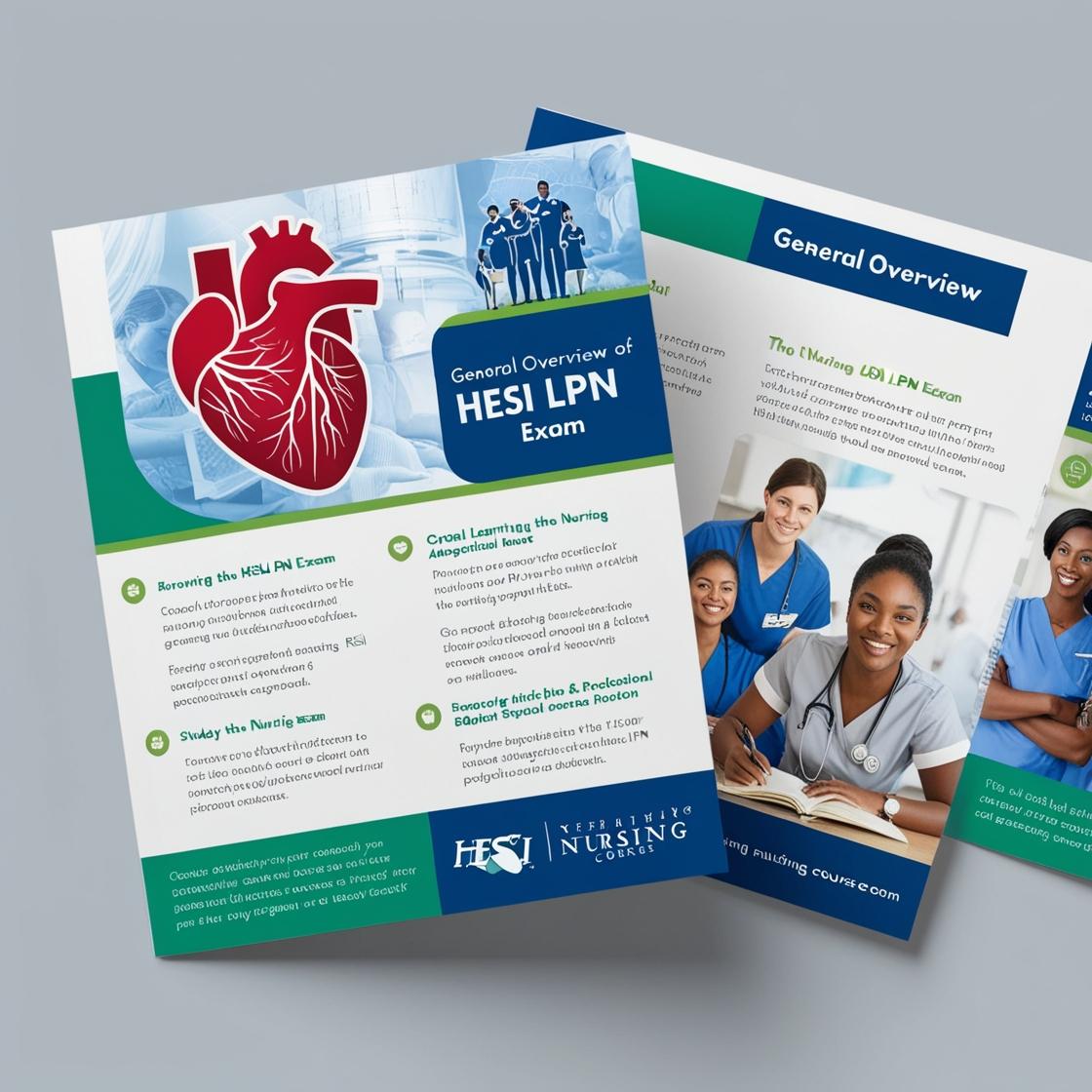HESI LPN
HESI CAT Exam 2024
1. After assessing an older adult with a suspected cerebrovascular accident (CVA), the nurse documents the client's right upper arm weakness and slurred speech. When the client complains of a severe headache and nausea, and the neurological assessment remains unchanged, which action should the nurse implement first?
- A. Administer an oral analgesic with antiemetic
- B. Collect blood for coagulation times
- C. Send the client for a computed tomography scan of the brain
- D. Obtain a history of medication use, recent surgery, or injury
Correct answer: C
Rationale: In this scenario, the priority action for the nurse is to send the client for a computed tomography (CT) scan of the brain. A CT scan is crucial in assessing acute changes or bleeding that could influence treatment decisions in a suspected cerebrovascular accident (CVA). While addressing symptoms like headache and nausea is important, ruling out acute changes in the brain with a CT scan takes precedence in this situation. Collecting blood for coagulation times may be necessary but is not the initial priority. Obtaining a history of medication use, recent surgery, or injury is also important but not the first action to take when a CVA is suspected.
2. A young adult woman visits the clinic and learns that she is positive for BRCA1 gene mutation and asks the nurse what to expect next. How should the nurse respond?
- A. Explain that counseling will be provided to give her information about her cancer risk.
- B. Gather additional information about the client’s family history for all types of cancer.
- C. Offer assurance that there are a variety of effective treatments for breast cancer.
- D. Provide information about survival rates for women who have this genetic mutation.
Correct answer: A
Rationale: The correct answer is A because counseling will help the woman understand her risk and options for surveillance or preventive measures. At this point, it is crucial to address the woman's immediate concerns related to the BRCA1 gene mutation. Choice B is incorrect as the focus should be on the woman's individual risk due to the specific gene mutation she carries. Choice C is not the priority as treatment options come after assessing the risk and deciding on surveillance or preventive measures. Choice D is incorrect because discussing survival rates is not the immediate need for someone who has just received information about having a genetic mutation.
3. A client with chronic kidney disease has an arteriovenous (AV) fistula in the left forearm. Which observation by the nurse indicates that the fistula is patent?
- A. Distended, tortuous veins in the left hand
- B. The left radial pulse is 2+ bounding
- C. Auscultation of a thrill on the left forearm
- D. Assessment of a bruit on the left forearm
Correct answer: C
Rationale: Auscultation of a thrill on the left forearm is the correct observation indicating that the AV fistula is patent. A thrill is a palpable vibration or buzzing sensation felt over the fistula, indicating the presence of blood flow. Choices A, B, and D do not directly assess the patency of the fistula. Distended, tortuous veins in the left hand may indicate venous hypertension; a bounding radial pulse could suggest increased blood flow through an artery, but it does not confirm fistula patency; assessment of a bruit indicates turbulent blood flow, but it does not confirm patency.
4. What nursing intervention is most important to implement after a client has completed a myelogram?
- A. Lie-sit-stand blood pressure measurement
- B. Abdominal assessment for distention and bowel sounds
- C. Neurovascular assessment of lower extremities
- D. Assessment of skin temperature and turgor
Correct answer: C
Rationale: The correct answer is C: Neurovascular assessment of the lower extremities. After a myelogram, it is crucial to monitor the neurovascular status to detect any signs of complications such as impaired circulation or nerve damage. This assessment helps in identifying early signs of vascular compromise or neurological deficits. Choices A, B, and D are not the priority after a myelogram. Lie-sit-stand blood pressure measurement is not directly related to post-myelogram care. Abdominal assessment and skin assessment are important but not the priority immediately after this procedure.
5. A male client, admitted to the mental health unit for a somatoform disorder, becomes angry because he cannot have his pain medication. He demands that the nurse call the healthcare provider and threatens to leave the hospital. What action should the nurse take?
- A. Place the client in seclusion per unit guidelines
- B. Administer a PRN prescription for lorazepam (Ativan)
- C. Call security to help ensure staff and client safety
- D. Ask what other methods he uses to deal with pain
Correct answer: C
Rationale: In this scenario, the nurse should prioritize ensuring safety. When a client becomes aggressive and threatens to leave, calling security is crucial to help maintain a safe environment for both staff and the client. Placing the client in seclusion (choice A) is not the appropriate initial action as it may escalate the situation further. Administering lorazepam (choice B) should not be the first response to behavioral issues. Asking about other pain management methods (choice D) is not the immediate priority when safety is at risk.
Similar Questions

Access More Features
HESI LPN Basic
$69.99/ 30 days
- 50,000 Questions with answers
- All HESI courses Coverage
- 30 days access @ $69.99
HESI LPN Premium
$149.99/ 90 days
- 50,000 Questions with answers
- All HESI courses Coverage
- 30 days access @ $149.99
